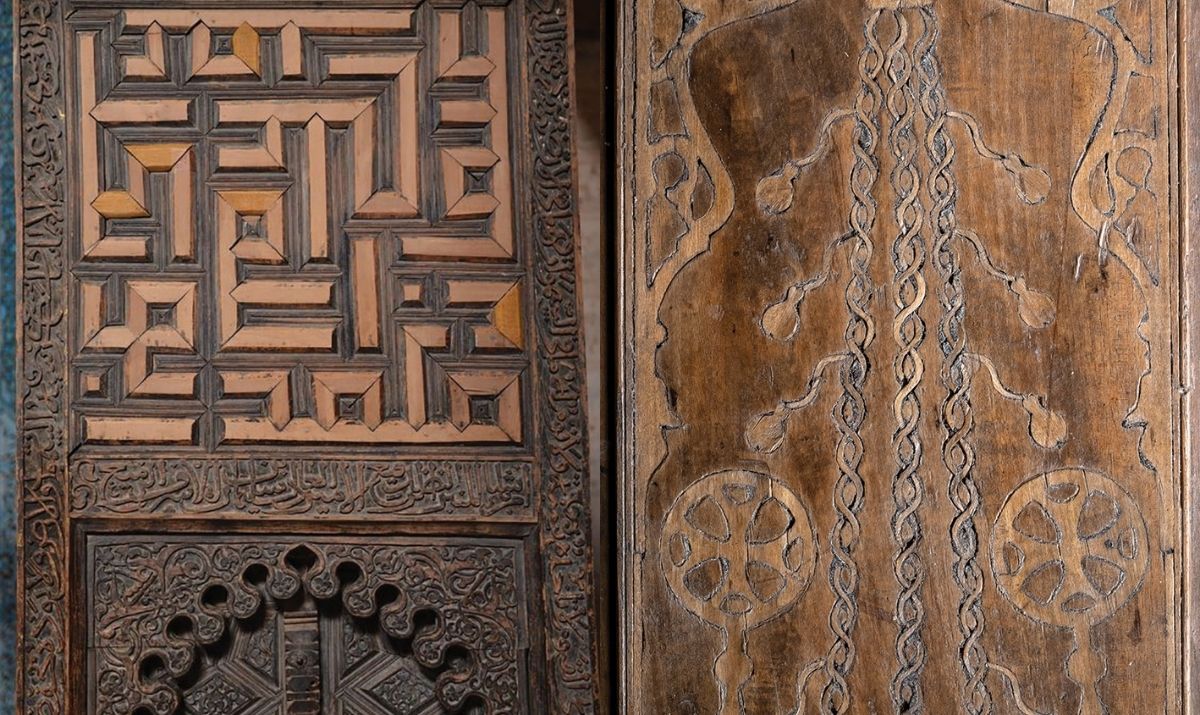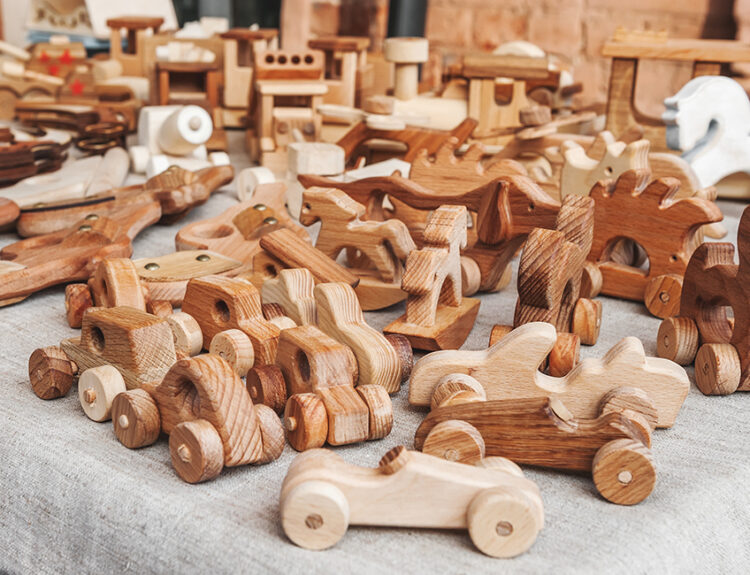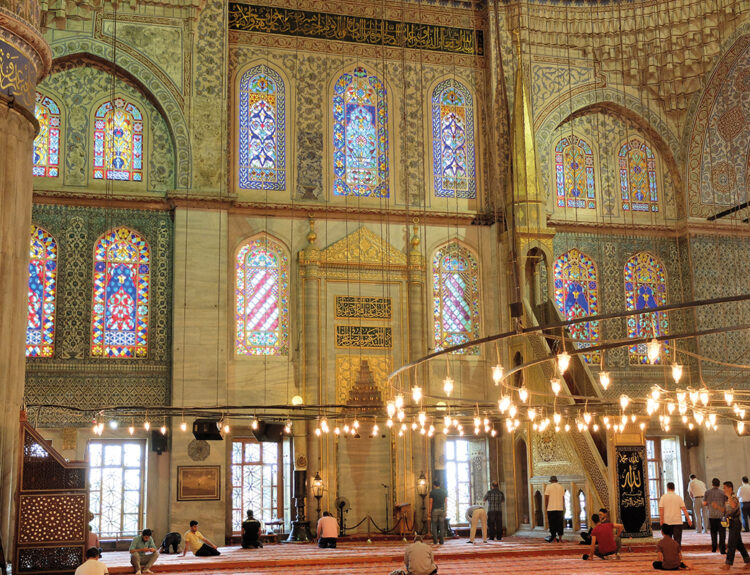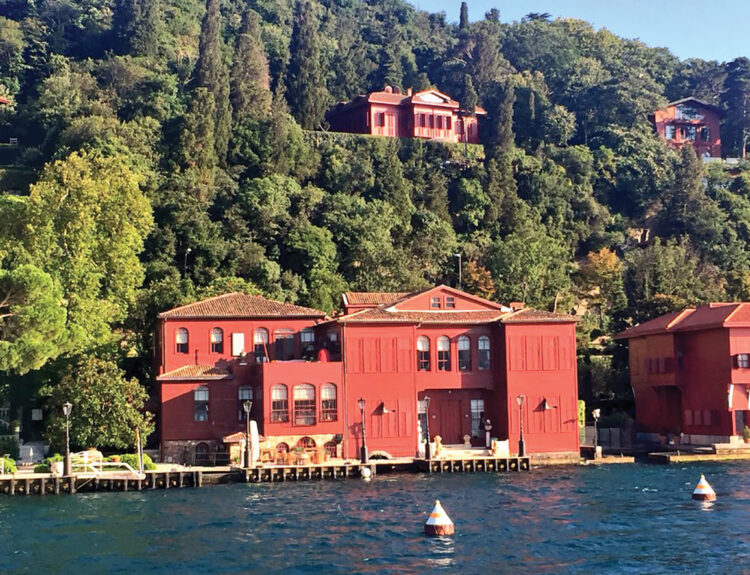Reflecting the rich cultural texture of Mardin, wood inlay art dazzles with the elegance it carries from past to present. From its historical mosques to the traditional houses of its streets, from its inns to its museum collections, this unique art, which you can see in every corner of the city, reflects Mardin’s deep-rooted heritage and the delicate craftsmanship of its masters.
Inlay art, which involves carving out parts of a material such as metal, wood, ivory, or marble, and embedding cut pieces of another valuable material into these carved areas, is one of the important handicrafts of Mardin.
Mardin inlay art is a traditional handicraft developed by the Assyrian community that has lived in Mardin for centuries and passed on to the present day. In this branch of art, geometric motifs, religious figures, and floral patterns are depicted using precious materials such as wood, ivory, mother-of-pearl, ebony and tortoise shell.
Crosses, angels, and saints depicted frequently
One of the most important features of Mardin inlay art is that the motifs used are quite rich and diverse. Geometric motifs include stars, octagons, triangles, and squares, while religious figures include crosses, angels, and saints. Floral patterns generally consist of motifs such as tulips, roses, and hyacinths.
Inlay art still continues today
The production stages of Mardin inlay art are quite challenging and meticulous. First, the wooden surface to be inlaid is prepared and a pattern is drawn on it. Then, pieces are cut from different materials according to the shapes of the motifs and carefully placed on the surface. In the final stage, the surface is sanded and polished to give the inlay work a smooth appearance. Mardin inlay art is still alive today and is a handicraft that attracts great attention from everyone. You can see inlay art masters in many workshops in Mardin and buy beautiful examples of this art.
- Some important information about Mardin inlay art:
- The oldest examples of Mardin inlay art date back to the 13th century
- The motifs used in this branch of art reflect the belief and culture of the Assyrian community.
- Mardin inlay art is included in the List of Intangible Cultural Heritage by UNESCO.
Mosques accommodate the best examples of inlay art
Ulu Mosque, Şehidiye Mosque, Latifiye Mosque and Şehidiye Madrasa Mosque, which are among the oldest mosques of Mardin, are among the places where the most beautiful examples of inlay art are found. There are wood inlay decorations in the interiors of mosques, especially in areas such as the mihrab and pulpit. However, in Mardin, you can see examples of wood inlay art not only in mosques, but also in various historical and cultural places such as mansions, inns, and bazaars.




